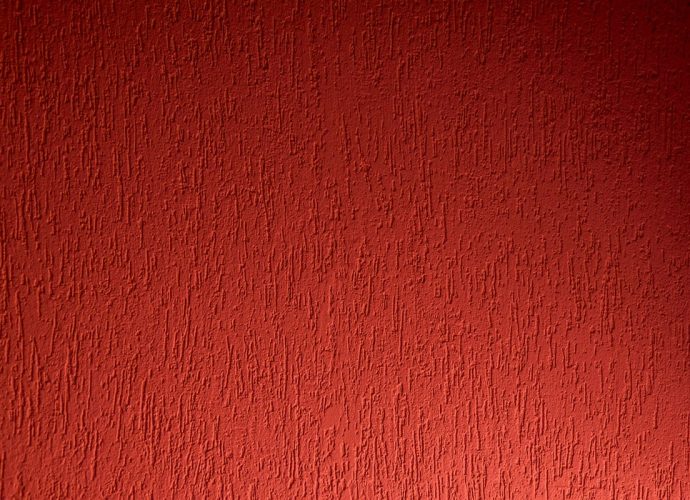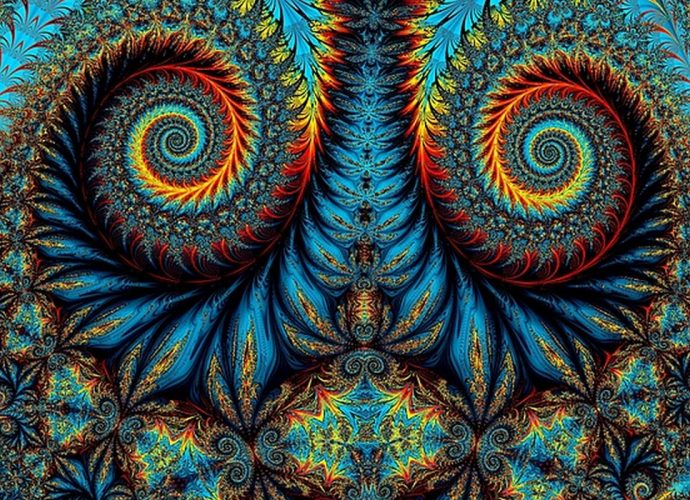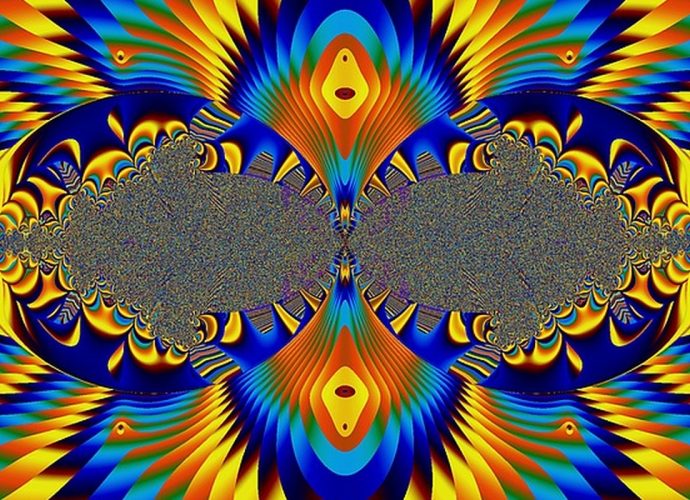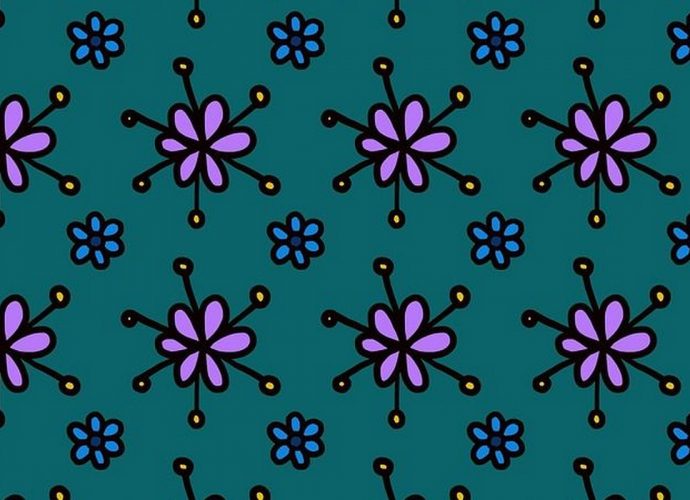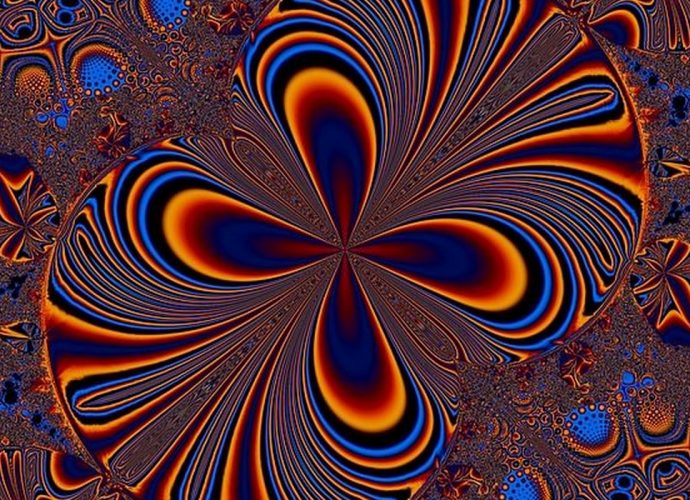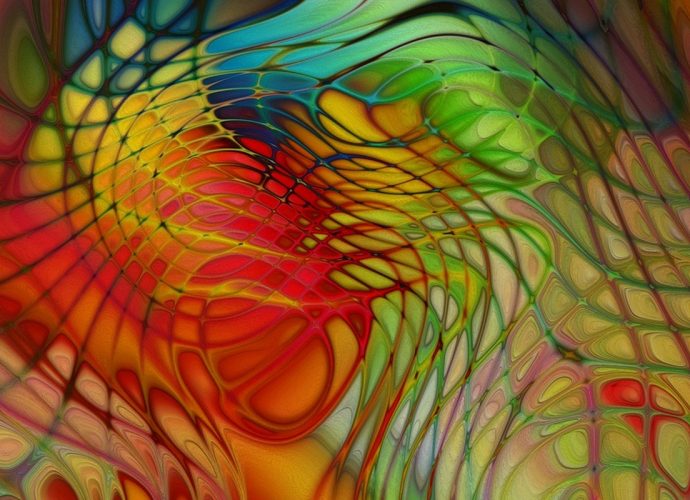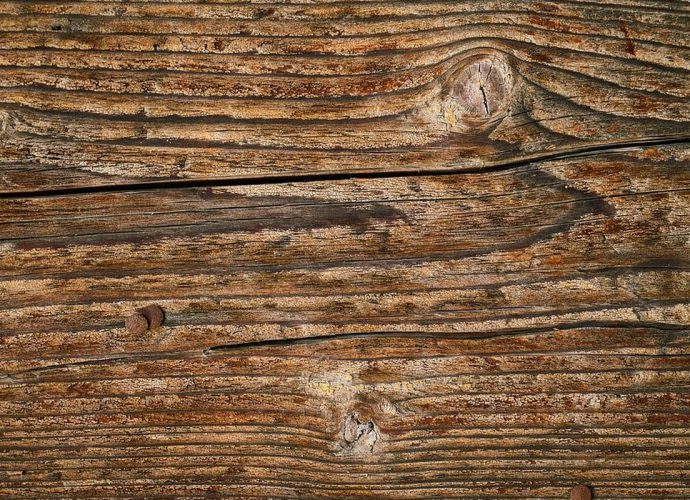What Is Quinoline Yellow Made Of?
Analysis of food Additives Tartrazine, known as lemon yellow, is a kind of water-soluble azo dye and often used in the coloring of food, beverage and so on. Is sunset yellow and azo dye? Sunset yellow (molecular weight 452.36) is an azo dye, is orange yellow in color, and isRead More →

